Dr. James explains why identifying with others is so powerful in a donor’s hero story
iMarketSmart
JULY 31, 2023
When the donor identifies with its characters and values. Natural origins of giving: I am like them Altruism means I give away something valuable to help another. Most altruism in animals matches this model. How could natural selection lead to altruism? It helps you, but it costs me. This approach is simple.

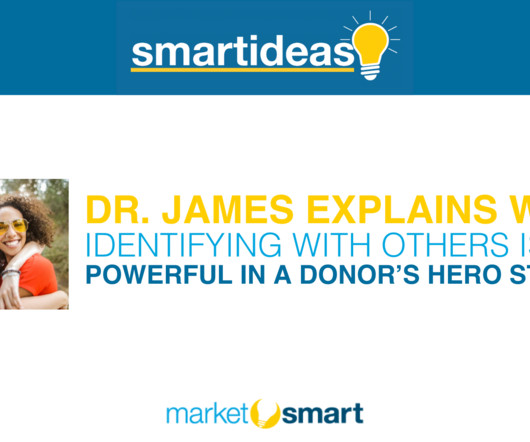
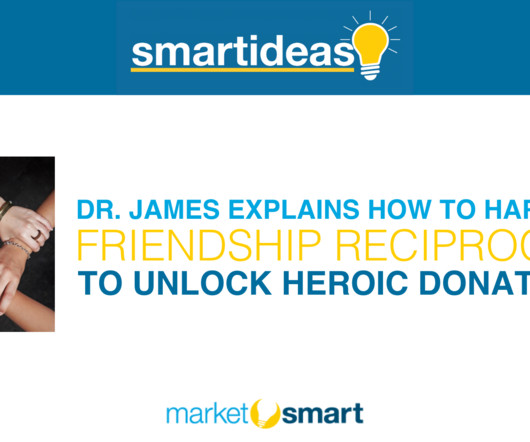
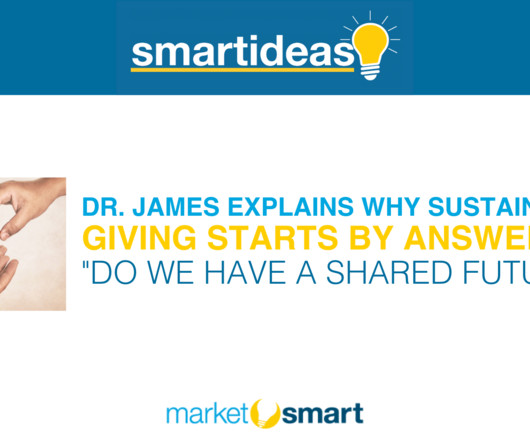
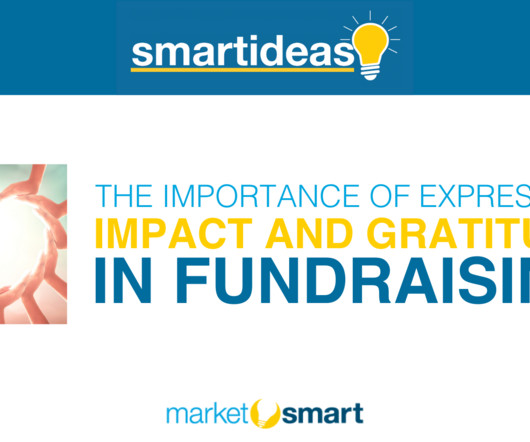
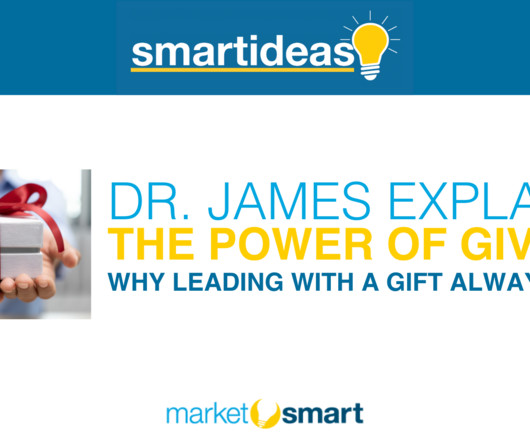
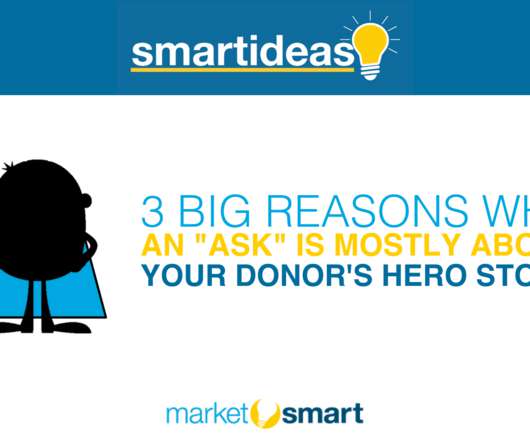
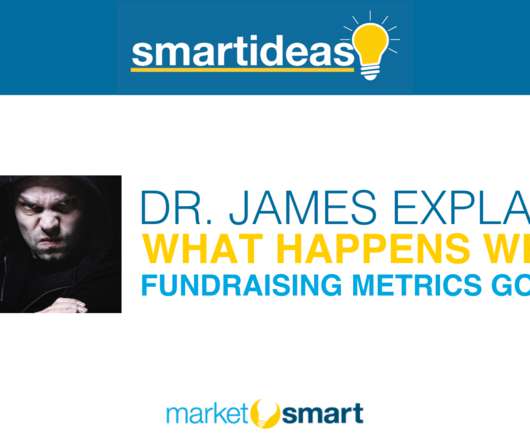
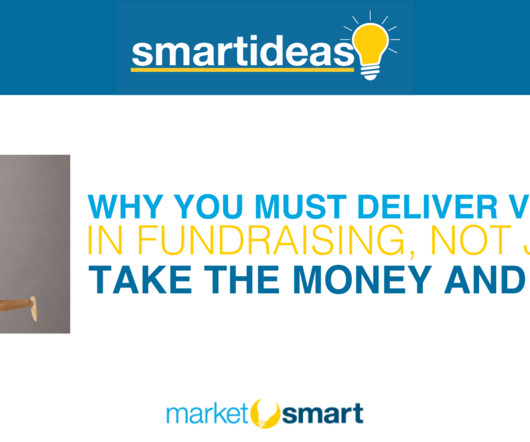
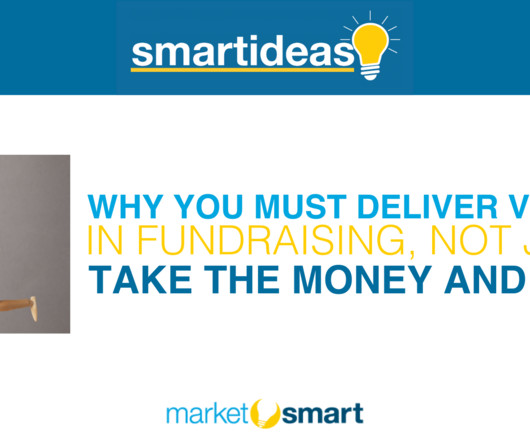

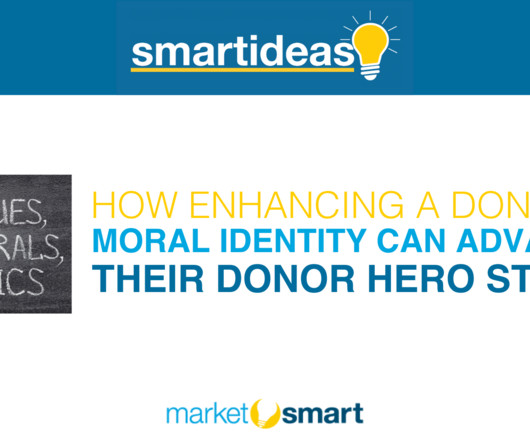






Let's personalize your content